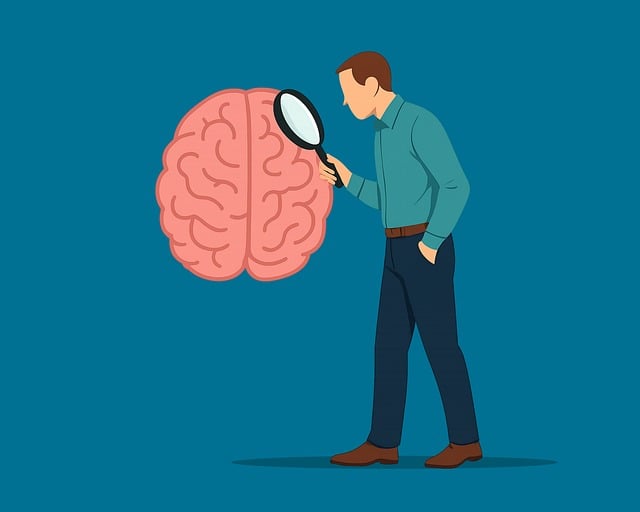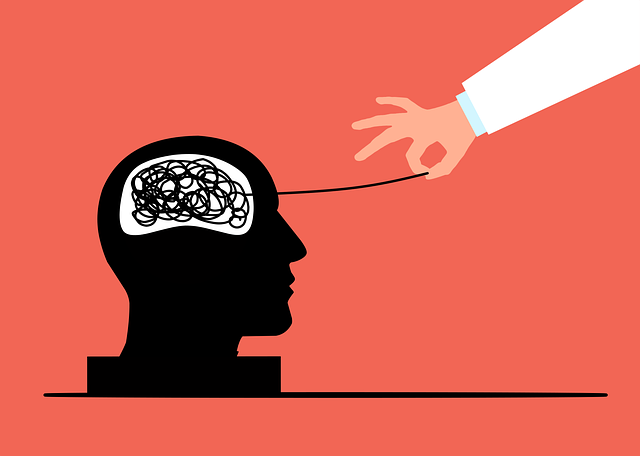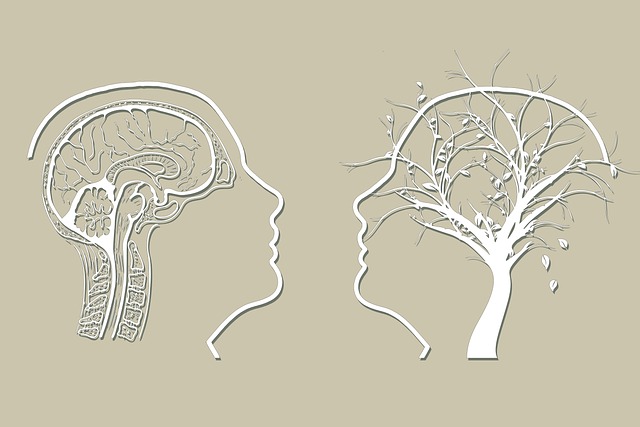Mental health education for Spanish-speaking elders requires a nuanced approach addressing cultural sensitivity and language barriers. By incorporating bilingual resources, aligning emotional intelligence with cultural values, and developing targeted campaigns, programs can foster trust and encourage help-seeking behaviors. Curriculum development should include evidence-based techniques, self-awareness exercises, and age-appropriate activities in their native language to enhance learning and effectiveness. Implementing tailored sessions, Cultural Competency Training for healthcare providers, and promoting self-care routines are strategic approaches to ensure accessibility. Multi-faceted evaluation using pre-post assessments and participant feedback ensures the program meets the unique needs of Therapy for Elders Spanish Speaking, leading to improved mental health outcomes.
Mental health education programs play a vital role in fostering well-being, especially within communities of Spanish-speaking elders. This article explores the design and implementation of an effective program tailored to their unique needs, addressing cultural sensitivity, curriculum creation, and accessibility. We delve into strategies to overcome barriers, ensuring therapy for elders is inclusive and impactful. By understanding cultural nuances and developing engaging content, we can create programs that significantly improve mental health outcomes for this demographic.
- Understanding Cultural Sensitivity in Mental Health Education for Spanish-Speaking Elders
- Curriculum Development: Creating Relevant and Engaging Content
- Implementation Strategies: Overcoming Barriers and Ensuring Accessibility
- Evaluating Impact: Measuring Success and Continuous Improvement
Understanding Cultural Sensitivity in Mental Health Education for Spanish-Speaking Elders

Mental health education tailored for Spanish-speaking elders requires a deep understanding of cultural sensitivity and the specific needs of this demographic. In many communities, older adults who speak Spanish as their primary language may face unique barriers to accessing mental health services due to language and cultural differences. This can lead to misconceptions about therapy for elders speaking Spanish, causing them to avoid seeking help or feel misunderstood. Therefore, it’s crucial to design programs that bridge these gaps.
Cultural sensitivity in mental health education involves incorporating bilingual resources, ensuring confidentiality concerns are addressed within the community, and teaching emotional intelligence in a way that resonates with their cultural values. Public awareness campaigns development targeting Spanish-speaking elders can play a vital role in promoting anxiety relief and challenging stereotypes. By fostering an environment where emotional expression is encouraged and respected, we can ensure these programs effectively serve their needs, enhancing overall well-being.
Curriculum Development: Creating Relevant and Engaging Content

Curriculum development is a critical aspect of designing an effective mental health education program, especially when catering to specific demographics like Spanish-speaking elders. The content should be meticulously crafted to address their unique needs and cultural contexts while incorporating evidence-based practices. One strategy involves integrating therapy techniques tailored for this population, ensuring accessibility and cultural sensitivity. For instance, incorporating therapeutic approaches that have shown success in Spanish-speaking communities can enhance engagement and trust.
The curriculum should also foster self-awareness exercises and promote positive thinking, which are essential components of mental wellness coaching programs. By designing relevant and engaging content, educators can create a safe space for participants to explore their emotions and develop coping strategies. Incorporating interactive activities, personal narratives, and age-appropriate examples related to mental health can make the learning experience more meaningful and memorable, ultimately improving the overall effectiveness of the program.
Implementation Strategies: Overcoming Barriers and Ensuring Accessibility

Implementing a mental health education program requires careful consideration to overcome potential barriers and ensure accessibility for all participants, especially in diverse communities. One effective strategy is to offer tailored sessions for specific demographics, such as Spanish-speaking elders, who may face language and cultural hurdles. Providing therapy in their native language can significantly enhance engagement and comfort levels.
Additionally, healthcare providers play a pivotal role in promoting mental health literacy. Implementing mandatory Cultural Competency Training ensures that staff are equipped to address the unique needs of diverse populations. This training can empower them to deliver effective services, including Trauma Support Services, which are essential for those with a history of trauma. Encouraging self-care routine development is another powerful tool; teaching participants how to prioritize their mental well-being fosters resilience and long-term coping strategies.
Evaluating Impact: Measuring Success and Continuous Improvement

Evaluating the impact of a mental health education program is crucial for understanding its success and identifying areas for improvement. This process involves measuring various outcomes, such as changes in participants’ knowledge, attitudes, and behaviors related to mental wellness. One effective method is using pre-post assessments, comparing scores on questionnaires or interviews before and after the program to gauge learning gains. For the Spanish-speaking elder population, this might include culturally tailored assessment tools to ensure accuracy and accessibility.
Additionally, continuous improvement requires gathering feedback from participants through surveys or focus groups, allowing them to voice their experiences and suggest enhancements. Incorporating these insights enables the program designers to refine content, delivery methods, and resources, aligning the education with the unique needs of this demographic. By combining impact evaluation metrics and participant feedback, mental health programs can advance their effectiveness, ultimately fostering better mental health outcomes for Spanish-speaking elders.
Designing an effective mental health education program for Spanish-speaking elders requires a nuanced approach, addressing cultural sensitivity, curriculum relevance, and accessibility. By integrating these key components—from understanding cultural nuances to implementing successful evaluation strategies—we can provide targeted therapy for elders within this specific demographic. Such programs have the potential to significantly improve mental well-being, ensuring that no community is left behind.














